Our Produce
It can be difficult to navigate today’s information-rich food marketing environment. Let us help.
Our grower-partners work hard to be good stewards of the land they grown on and provide safe and healthy working conditions for the people who participate in the process.
SQUASH
Ah, squash! The most versatile of all vegetables. The mild flavor and smooth texture provide endless opportunities in the kitchen year-round. Plus, squash is remarkably nutritious with impressive concentrations of vitamins, minerals and fiber. What’s not to like?
There are two main types of squash: (1) Hard squash (like butternut), which mature on the vine and have a thick outer skin that allows for storage, and (2) soft or “summer” squash (like zucchini), which are picked before fully mature and best eaten right away. With so many varieties to choose from – each with unique qualities – it’s no wonder that these squash best shine using specific handling and preparation methods.
Squash Handling and Prep Guide
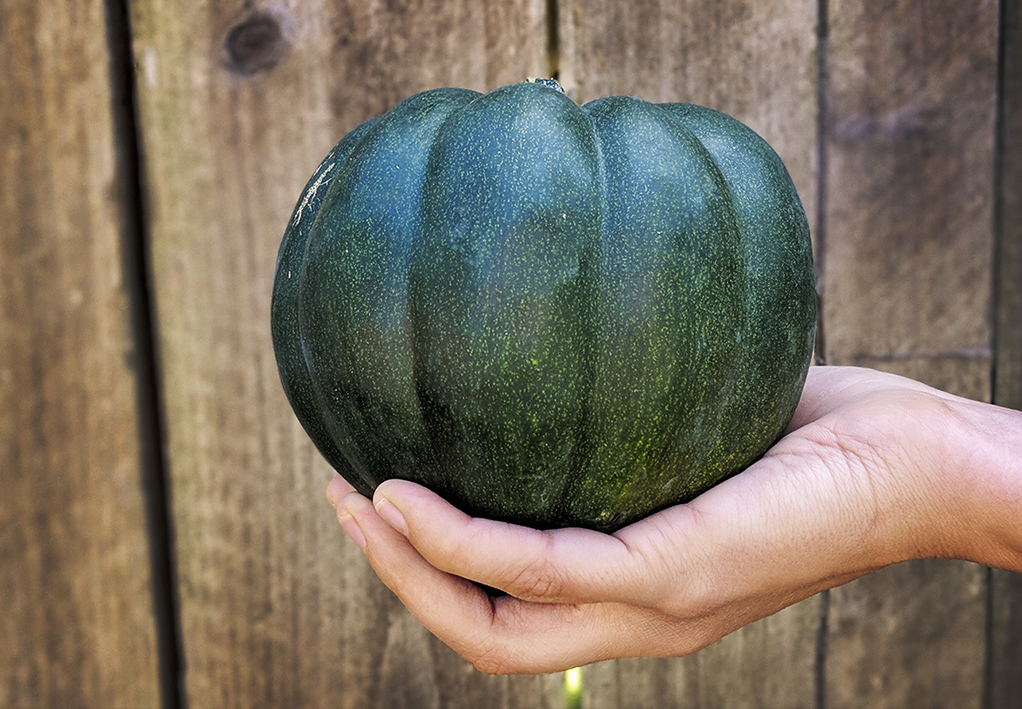
ACORN
The mildly sweet and nutty yellow flesh makes acorn squash great for both savory and sweet recipes. No need to strip this squash of its thin skin – it is edible and full of flavor. The skin starts out dark green and turns orange as it matures.
To prepare: Simply halve the squash lengthwise and scoop out the seeds. Cut them into wedges before cooking, or roast as halves (which can be stuffed).
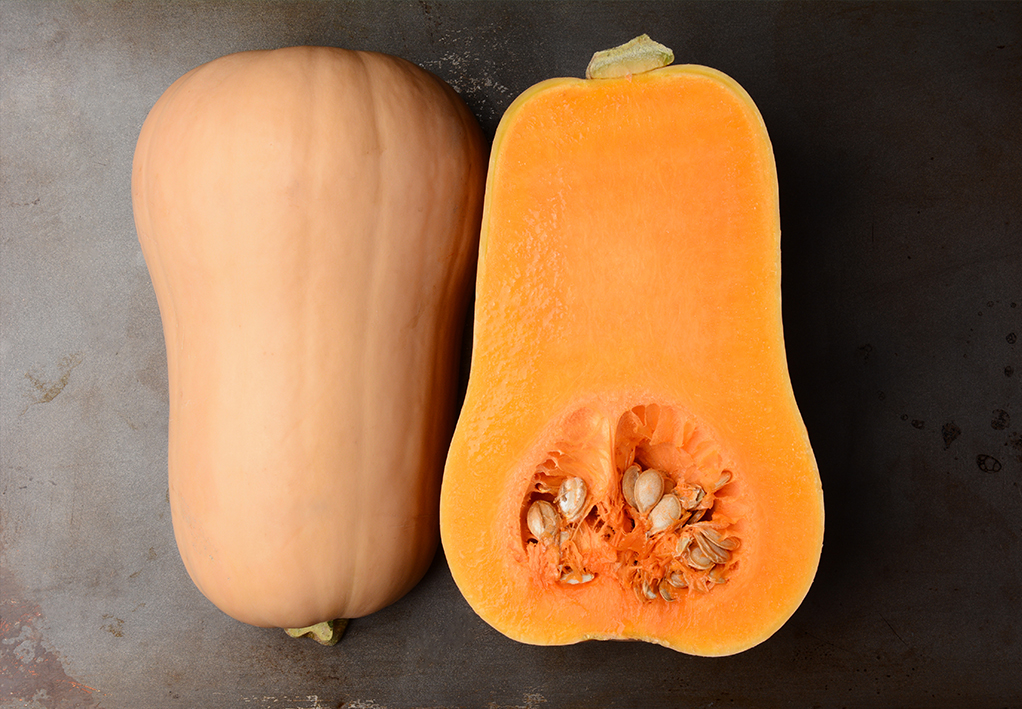
BUTTERNUT
The sweet, firm interior stands up to any cooking method – baked or roasted, in a puree, or in soups or stews. Be sure to remove the thick outer skin.
To prepare: Cut off the stem and bottom ends and slice in half, where the thinner end begins to widen. Use a sharp knife to remove the skin of each half in downward strokes. Slice the fatter half (with the cavity) lengthwise and scoop out the seeds. Now you have three sections of peeled squash that you can slice or dice.
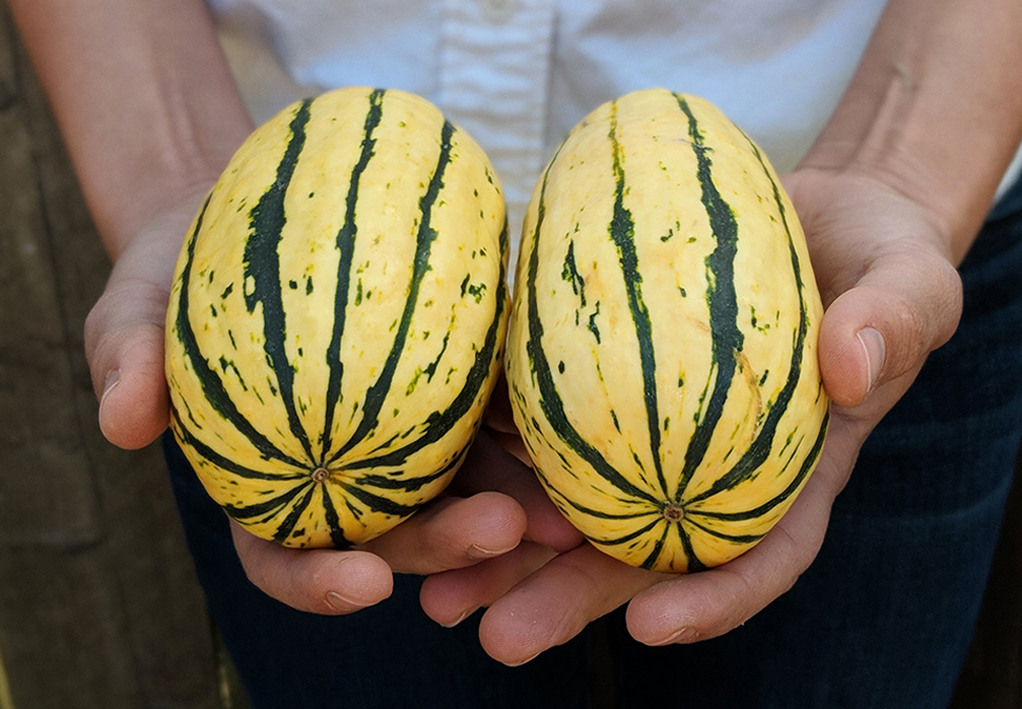
DELICATA
Delicata is a favorite among cooks – it’s easy to prepare due to its small size and thin, edible skin, and it’s pleasantly sweet and smooth-textured. Plus, the colorful, striped skin – in shades of cream, green, yellow, and orange – makes for an attractive dish or centerpiece.
To prepare: Cut off the stem and bottom ends and slice the squash in half lengthwise. Scoop the seeds out, cut into crescent-shaped pieces, and bake until tender.
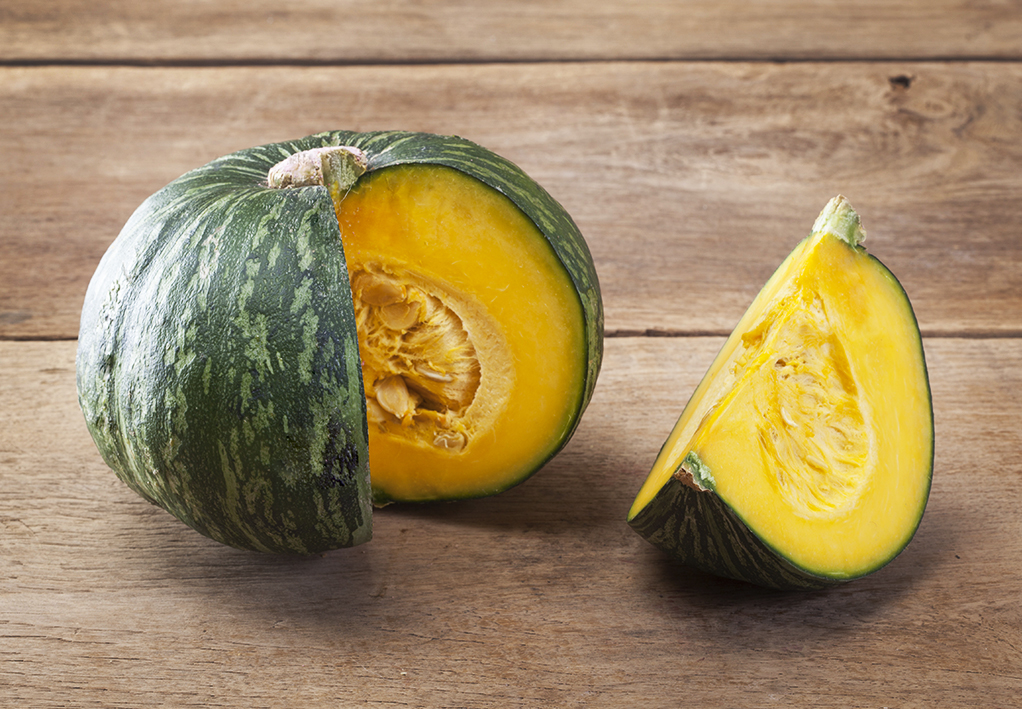
KABOCHA
Also known as Japanese pumpkin, kabocha has dark-green skin and bright-orange, rich-tasting flesh. It has a low water content, making it super creamy when cooked – perfect for purees.
To prepare: Since cutting kabocha raw can be formidable, skip it altogether. Roast the squash whole (after poking a few holes in it). Once soft, split it and scoop out the interior seeds, and you are home free. The skin is edible.
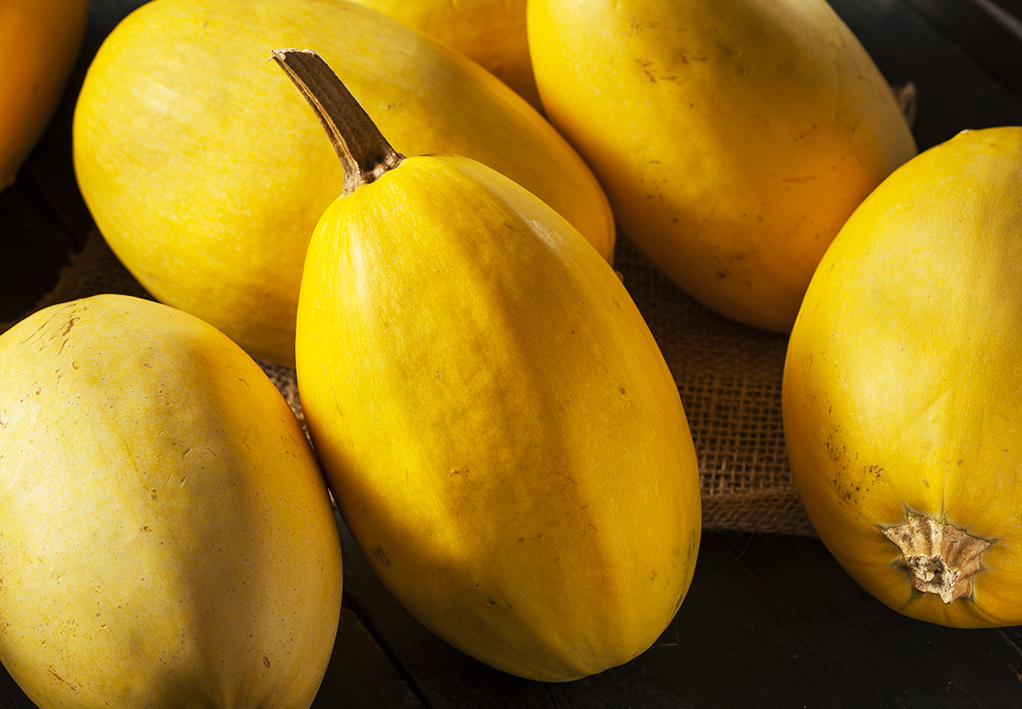
SPAGHETTI
Even though it has “pasta” in its name – serving this squash as a lower-calorie alternative to noodles is just one of its uses. It’s delicate, slightly-sweet flavor and unique texture makes it a great vehicle for sauces – served hot or cold. Just don’t overcook it – the flesh should be al dente.
To prepare: Slice the squash in half crosswise and scoop out the seeds. Invert each half on a baking sheet and roast until the interior is fork-tender.
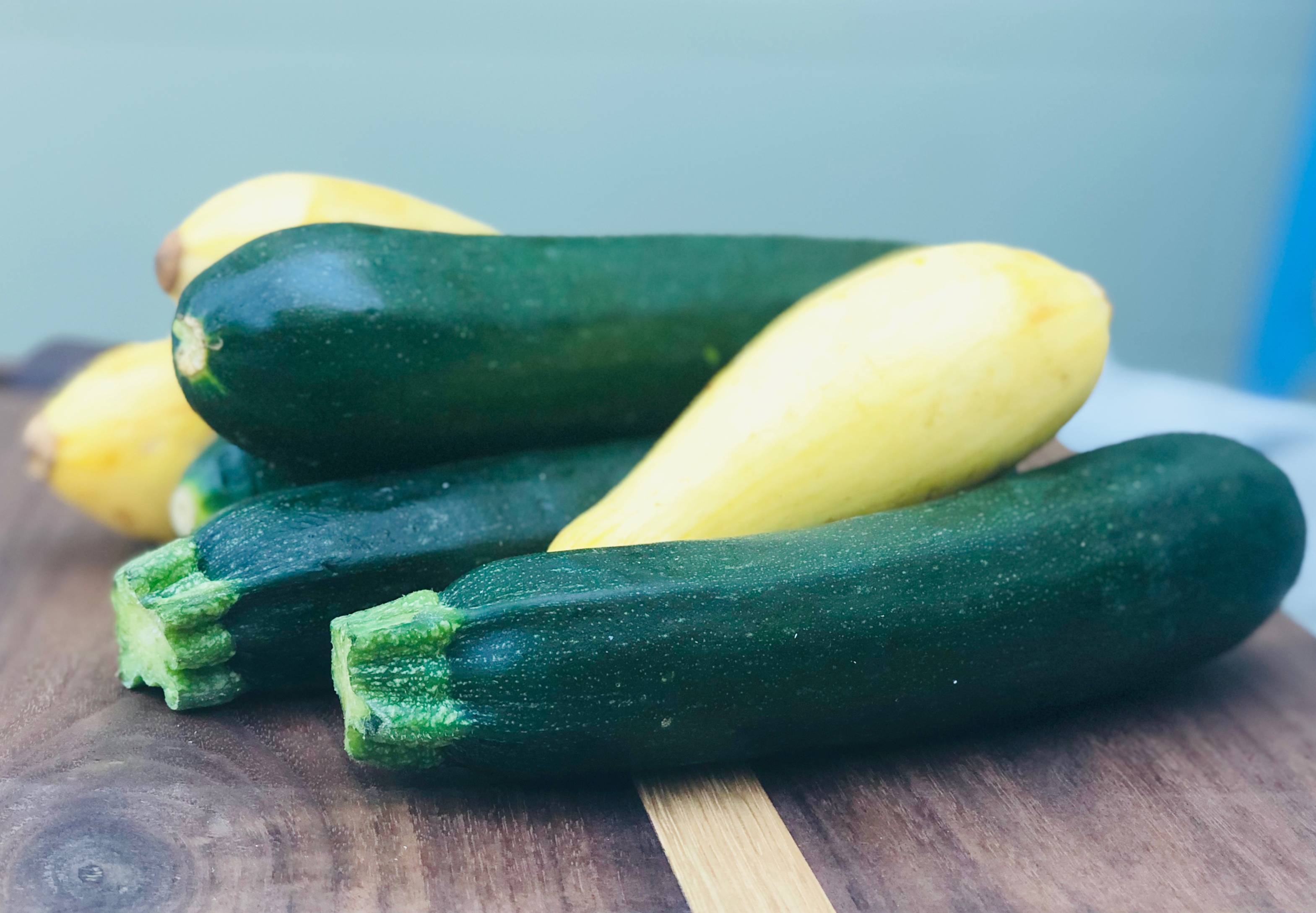
ZUCCHINI & STRAIGHTNECK
These squash are mild and buttery, with the ability to take on whatever flavorings you give them. They also impart heartiness and moisture to your mixing bowl. If you aren’t using your squash right away, be sure to refrigerate and handle them with care.
To prepare: Grate, slice, dice, or spiralize and eat raw or cooked, as a standalone or an ingredient. Our favorite cooking methods are steaming, sautéing, grilling, or roasting.
WATERMELON
In an era of fleeting health fads there has always been watermelon.
Watermelon checks all of the boxes as a perfect snack, ingredient and recovery food. It is a top source of the antioxidant lycopene – even more so than tomatoes! It is also packed with nutrients like iron, potassium, and citrulline, which have been shown to aid in endurance performance. Plus, there’s nothing more refreshing than biting into a cold watermelon.

Need help selecting the perfect watermelon?
We’ve got you covered. Just follow these simple steps.
1. Weigh the watermelon between your hands.
Does it feel heavy for its size? Good!
2. Turn it over and look for the yellow splotch.
Is the splotch creamy-yellow? This means it’s ripe.
3. Give it a firm tap on the underbelly.
Does it make a deep hollow sound? If so, it is loaded with juice. Underripe or overripe watermelons will sound dull.
When it doubt, ask your local farmer or produce department staff for help.